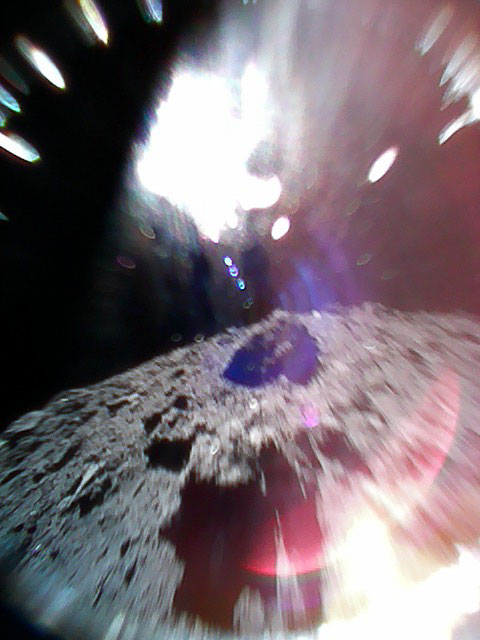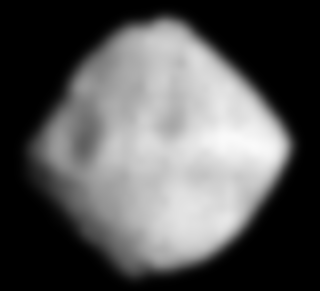New images from Hayabusa-2’s mini-bouncers
Three press releases from the Hayabusa-2 science team last night provide new images from the spacecraft’s MINERVA bouncers, presently on the surface of Ryugu, as well as new high resolution images from Hayabusa-2 during its recent close-in maneuvers.
- MINERVA-II1: Images from the surface of Ryugu
- Ryugu surface imaged at highest resolution so far
- Confirmation of landing candidate sites from the rehearsal operation
The images from the first story also includes a ten second movie showing a very rocky surface with the sun moving across the sky. The last link shows the primary landing site candidate with two backup sites.
All told, these images suggest that Ryugu is nothing more than a rubble pile stuck together. If it was heading to Earth, it might be difficult to deflect it, as it might break apart caused by any stress.
Three press releases from the Hayabusa-2 science team last night provide new images from the spacecraft’s MINERVA bouncers, presently on the surface of Ryugu, as well as new high resolution images from Hayabusa-2 during its recent close-in maneuvers.
- MINERVA-II1: Images from the surface of Ryugu
- Ryugu surface imaged at highest resolution so far
- Confirmation of landing candidate sites from the rehearsal operation
The images from the first story also includes a ten second movie showing a very rocky surface with the sun moving across the sky. The last link shows the primary landing site candidate with two backup sites.
All told, these images suggest that Ryugu is nothing more than a rubble pile stuck together. If it was heading to Earth, it might be difficult to deflect it, as it might break apart caused by any stress.



 l
l